By Film Noir Blonde and Mike Wilmington
The Film Noir File is FNB’s guide to classic film noir, neo-noir and pre-noir on Turner Classic Movies (TCM). All movies below are from the schedule of TCM, which broadcasts them uncut and uninterrupted. The times are Eastern Standard and (Pacific Standard).
Pick of the Week: The Two “Scarfaces“
The first “Scarface” came out in 1932: a ferociously violent and bloodily realistic contemporary gangster tale directed by Howard Hawks, produced by Howard Hughes, and co-scripted by Ben Hecht, W. R. Burnett and several others. Set in Chicago and loosely based on the vicious career of the country’s most famous Prohibition era mob czar, Alphonse “Al” Capone of Chicago. It starred Paul Muni as the sexy, ape-like, gun-crazy Capone protagonist, Tony Camonte, George Raft as his poker-faced, coin-flipping sidekick, Ann Dvorak as his seductive (and the object of his obsession), Karen Morley as his cynical blonde girlfriend, and Osgood Perkins (Tony’s dad) and Boris Karloff as two of the crooks he slaughters in his murderous rise to the top.
One of Hawks’ best, and one of the director’s own personal favorites, the 1932 “Scarface” was stark, brutal, tense, darkly comic, knowingly written (by ex-Chicago reporter Hecht), beautifully, stylishly and excitingly made (a visual “X” marked the spot of each of Tony’s killings) and one of the great crime films of its era. That was the time, of course, that included William Wellman‘s “The Public Enemy” with James Cagney and Mervyn LeRoy‘s “Little Caesar,” with Edward G. Robinson. Nevertheless, the Hawks-Hecht-Hughes-Muni “Scarface” — in which Hecht deliberately modeled the main characters on Renaissance Italy’s murderous Borgia family — is the masterpiece of them all.
The second “Scarface” was released in 1983. Rethinking the story and resetting it to the equally violent Miami drug trade and the a criminal’s odyssey from Cuba in the post-Kennedy era, it starred Al Pacino (at his most magnetic and over-the-top as the now Havana-born Tony, Steven Bauer as his gun-packing buddy, Mary Elizabeth Mastrantonio as his perversely adored sister, Michelle Pfeiffer as his gorgeous blonde main squeeze, and, among other drug trade mobsters, F. Murray Abraham, Harris Yulin and Robert Loggia. A cult film and a big favorite of actual gang guys, it was dedicated to Hawks and Hecht by writer Oliver Stone and Director Brian De Palma. Like the other, older “Scarface,” it both rivets you to you seat and knocks you out if it. Both movies are killers, but I’d give the edge to the first.
“Scarface” (1932, Howard Hawks). 12 a.m. (9 p.m.). Thursday, July 17.
“Scarface” (1983, Brian De Palma). 11 p.m. (2 a.m.). Thursday, July 17. [Read more…]
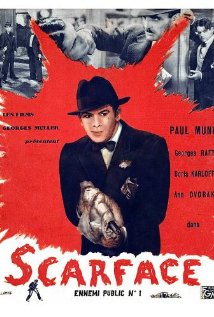
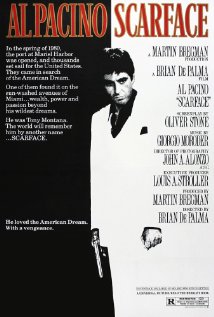





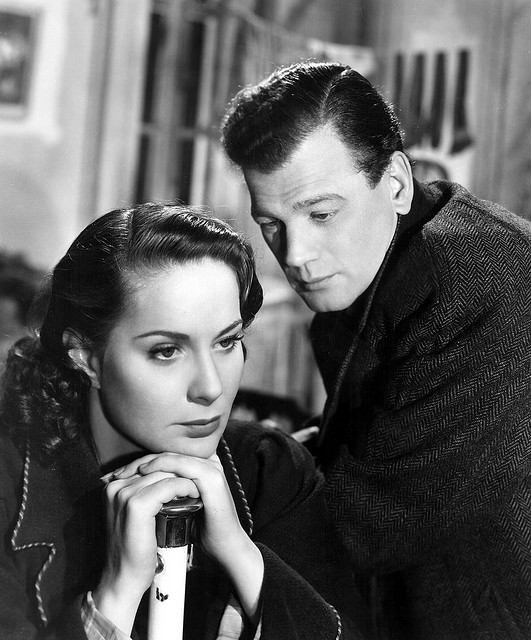
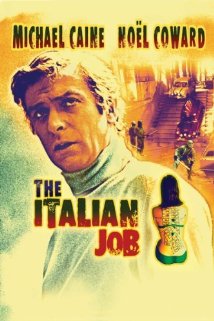
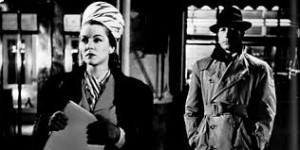
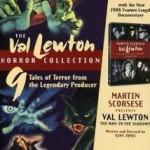
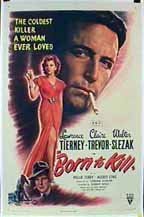
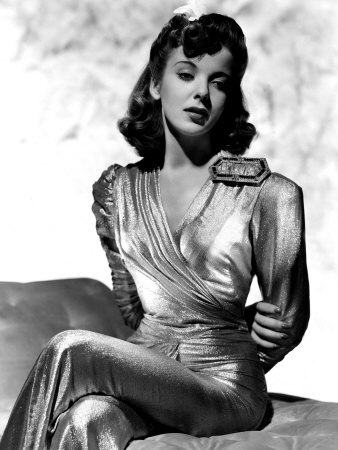
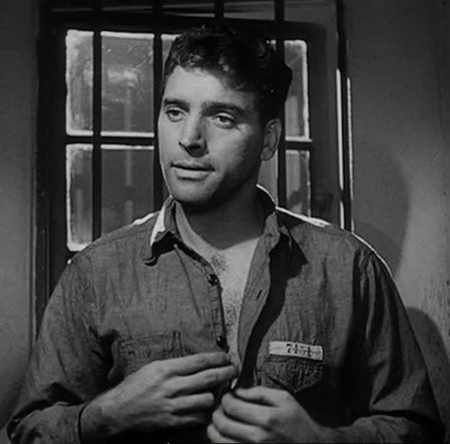
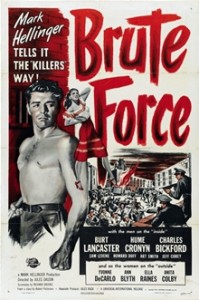
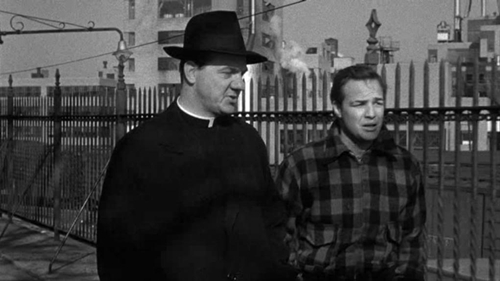
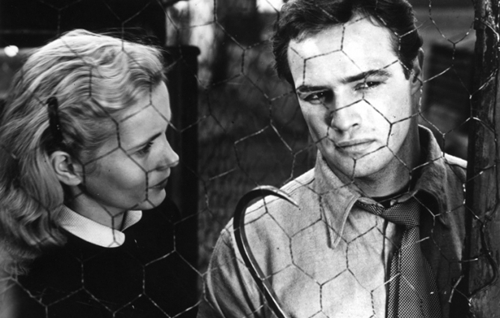
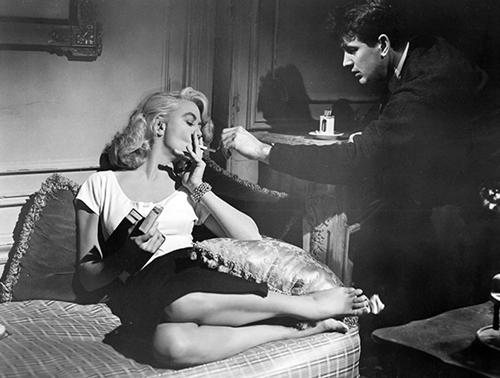
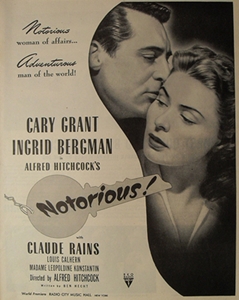
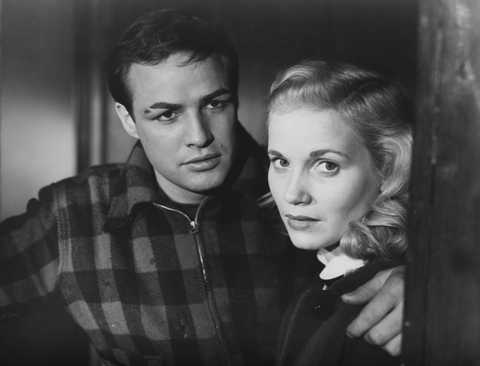
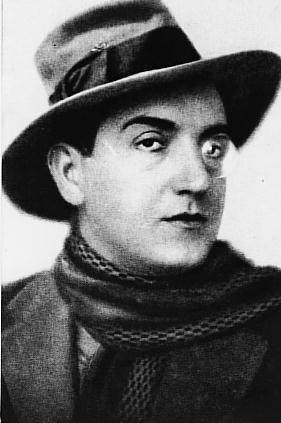
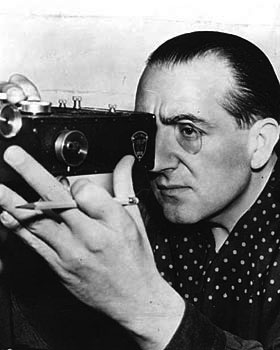
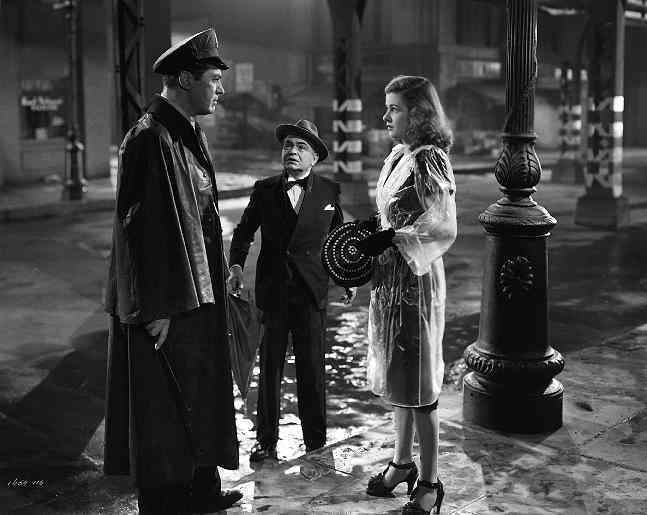
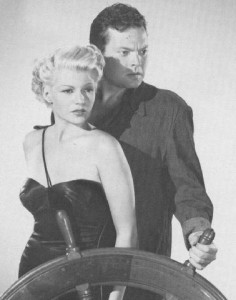
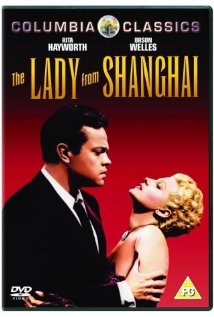






From FNB readers